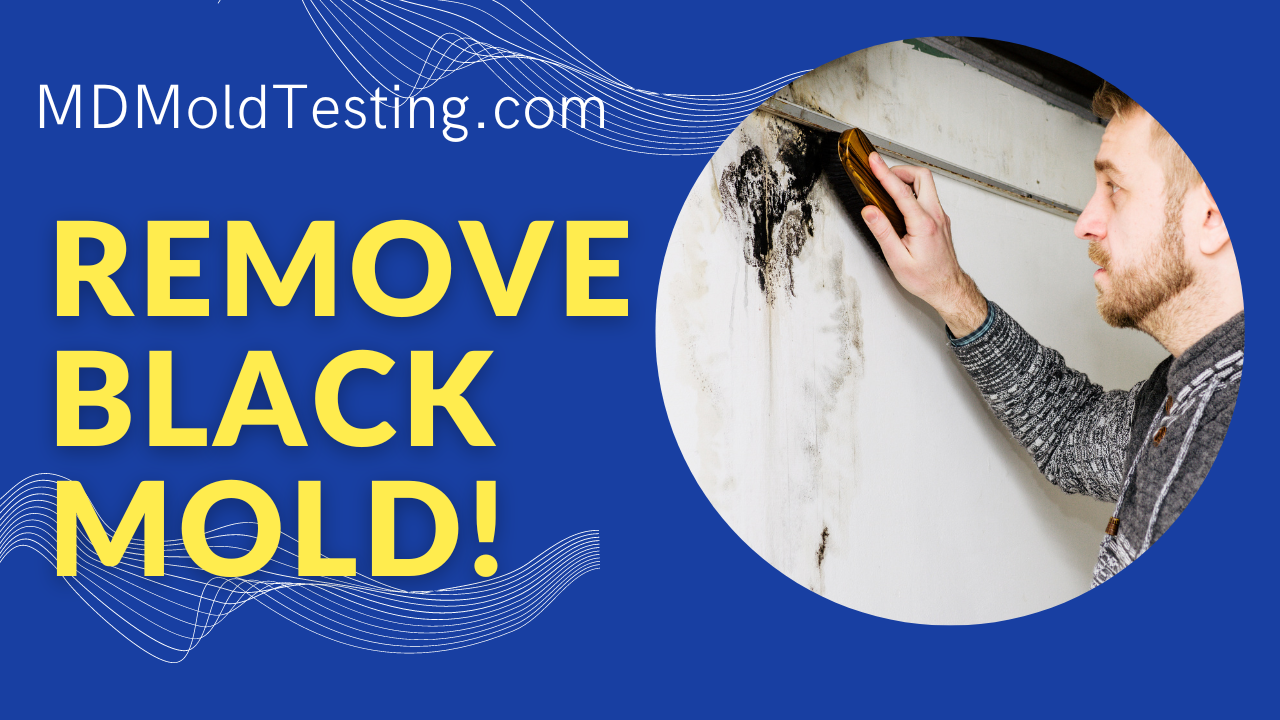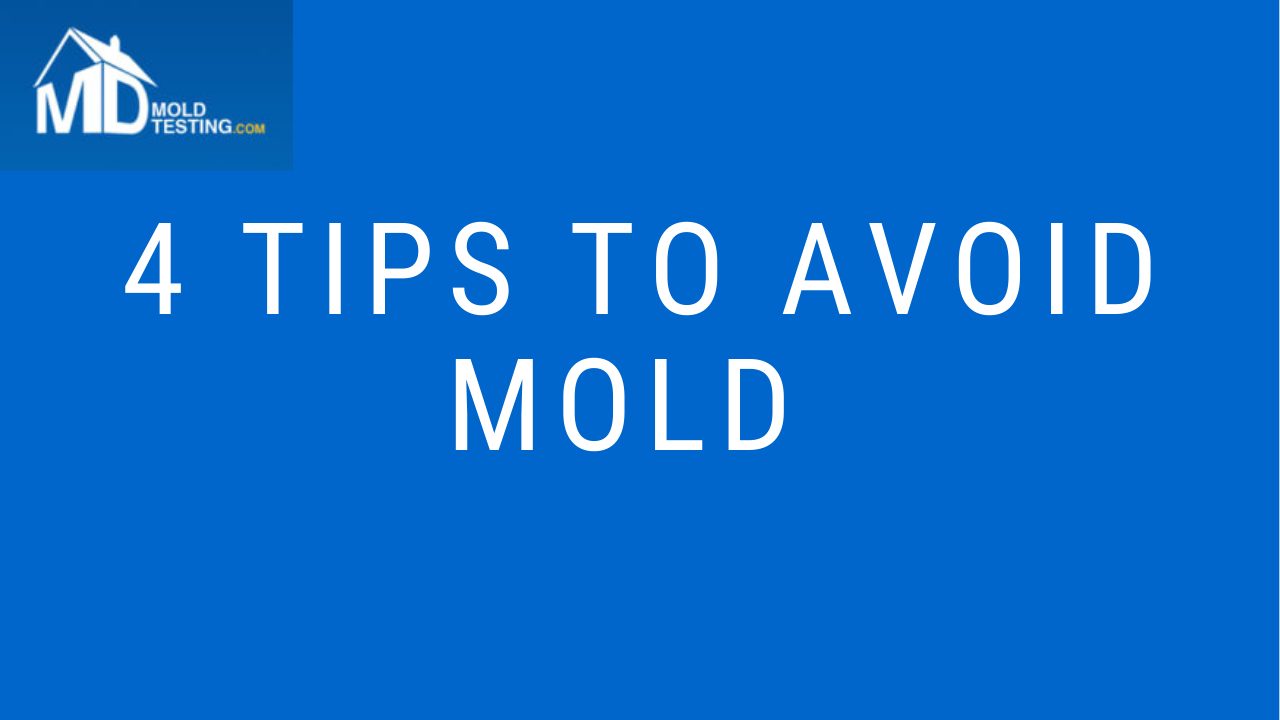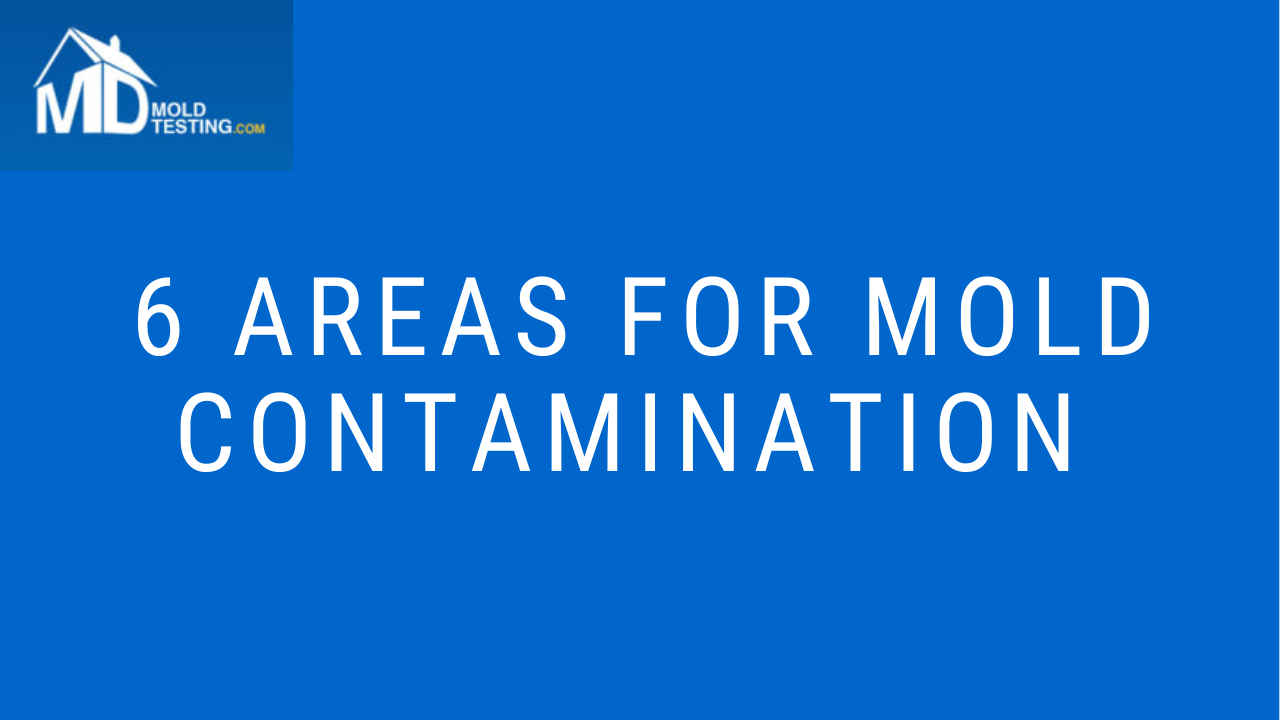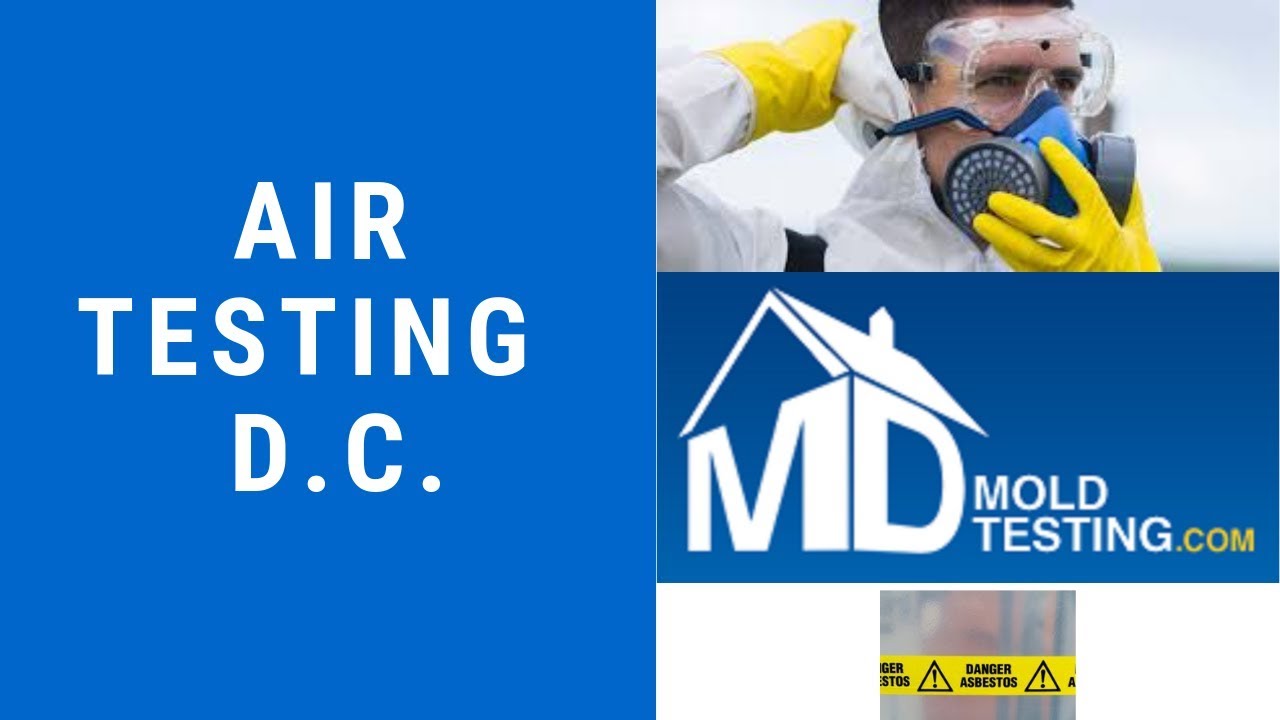Black Mold – How To Kill Toxic Mold In Under 5 Mins!
Black Mold – How To Kill Toxic Mold In Under 5 Mins! The discovery of ominous black spots on walls or ceilings can be cause for concern. If you have stumbled upon such marks and worried what might be lurking there, you are not alone. This article will examine the notoriously toxic black mold, dispel … Read more



